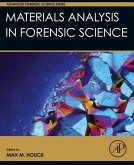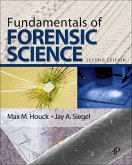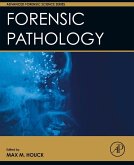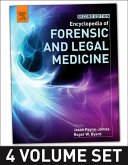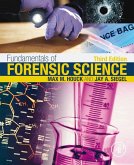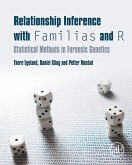Dieser Download kann aus rechtlichen Gründen nur mit Rechnungsadresse in A, B, BG, CY, CZ, D, DK, EW, E, FIN, F, GR, HR, H, IRL, I, LT, L, LR, M, NL, PL, P, R, S, SLO, SK ausgeliefert werden.
"The text provides in-depth detail of the science behind the scene and demonstrates the latest methods and technologies - as well as the philosophy and history behind crime scene work." --Evidence Technology Magazine, July-August 2013
".The Science of Crime Scenes is a good reference for the crime scene investigator. It incorporates excellent tables, charts, and illustrations which can be a great aid when processing a scene." --Journal of Forensic Sciences, 2013
".The Science of Crime Scenes fits well within the framework of crime scene training and documents the nuances of the challenging tasks required of these specialized personnel. This reviewer's recommendation is that forensic laboratories add The Science of Crime Scenes to their training literature, and allow analysts to garner invaluable insight from the highly experienced trio of authors." --Crime Scene, Volume 39, Issue 2, Spring 2013
"A half century has not dimmed skeptics' suspicions about the death of Marilyn Monroe at age 36, but the intervening decades have seen technological leaps that could alter the investigation were it to occur today. 'The good news is we're very advanced from 50 years ago,' said Max Houck, a forensic consultant and co-author of 'The Science of Crime Scenes.' 'The bad news is, we're still trying to put it in context,' he said." --Associated Press article on the 50th anniversary of Marilyn Monroe's death carried on multiple publications and sites incuding CBSNews.com



